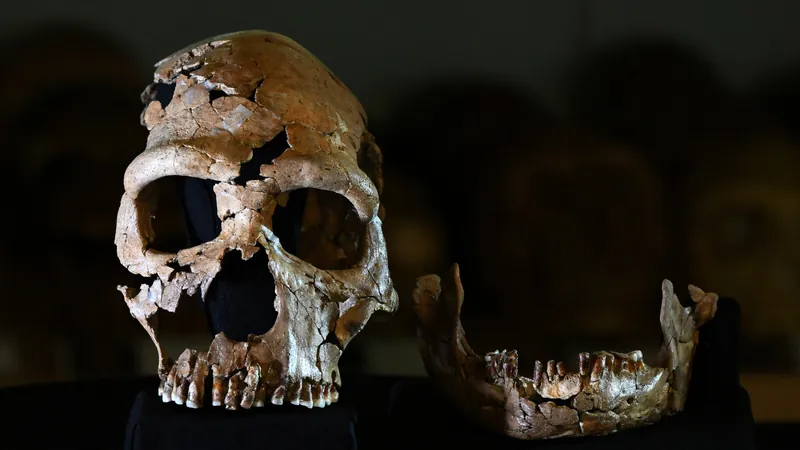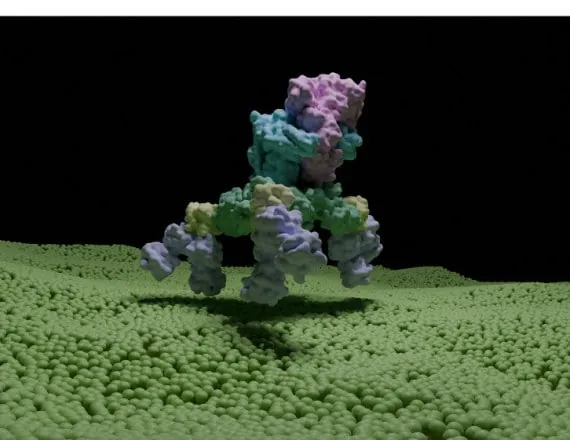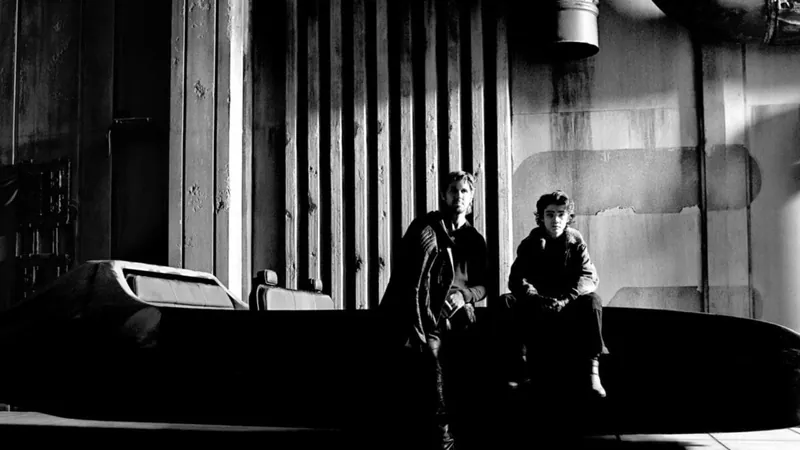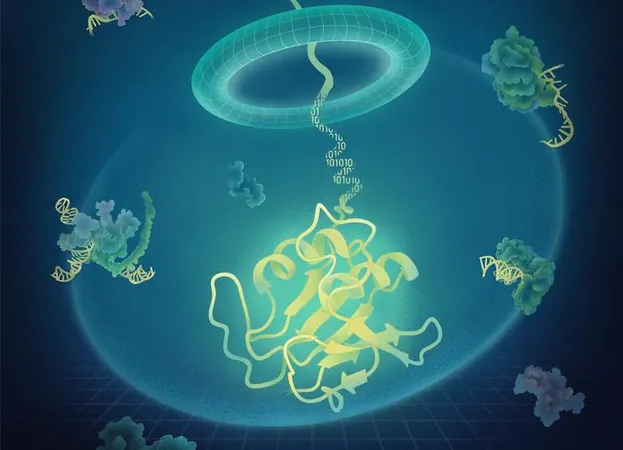
Neanderthal DNA: The Shocking Link to a Dangerous Brain Disorder!
2025-07-23
Author: Jacques
Uncovering the Deadly Legacy of Neanderthals
Recent research has revealed a startling twist in the story of human evolution: interbreeding with Neanderthals may have passed down DNA linked to a serious condition where the brain protrudes dangerously from the skull. This alarming discovery shines a light on Chiari malformation type I, a disorder that could be more common than previously understood.
What is Chiari Malformation Type I?
Chiari malformation type I affects the lower part of the brain, specifically the cerebellum, which controls vital motor functions. In this condition, the cerebellum pushes through the skull base into the spinal canal, potentially leading to severe symptoms like chronic headaches, neck pain, and dizziness. In extreme cases, the ramifications can be fatal, making understanding this condition critically important.
A Closer Look at Prevalence
Initially identified in the late 1800s by Austrian pathologist Hans Chiari, the disorder was thought to affect approximately 1 in 1,000 people. However, cutting-edge imaging techniques suggest the reality could be much more alarming, with estimates indicating it may impact over 1 in 100 individuals—many of whom remain undiagnosed due to mild or absent symptoms.
The Genetic Mystery Behind the Disorder
This malformation arises when the occipital bone at the skull's back fails to accommodate the brain properly, leading to pressure and potential complications. The exact cause of this abnormal bone structure has remained elusive, prompting researchers to investigate its genetic roots.
Neanderthal Genes: A Possible Clue!
In a groundbreaking 2013 study, scientists suggested that Neanderthal interbreeding may be behind this condition. Analysis revealed that non-African genomes contain approximately 1.5% to 2% Neanderthal DNA, potentially influencing modern human evolutionary traits—including skull shape.
An Intriguing New Study
A recent study conducted by Kimberly Plomp and her team at the University of the Philippines examined 3D CT scans of skulls from 103 individuals—46 with Chiari malformation and 57 without. They compared these findings against fossil skulls of our ancient relatives like Neanderthals and Homo erectus. Fascinatingly, the skull shapes of modern humans suffering from the disorder closely resembled Neanderthal skulls, indicating a genetic connection.
Implications for the Future
While these findings suggest we may be closing in on understanding the origins of Chiari malformation type I, it's essential to approach these results with caution. As co-author Mark Collard noted, scientific conclusions are seldom definitive based on a single study. Upcoming research could further investigate fossil records and data from Africa, potentially clarifying the geographical prevalence of such conditions.
Screening for a Safer Future?
If a solid connection between Neanderthal genes and Chiari malformation is established, it could pave the way for proactive screening measures in childhood health assessments. Identifying individuals at an elevated risk could open doors for monitoring and early intervention, transforming how we manage this potentially life-threatening condition.
Stay Tuned!
As we delve deeper into our genetic past, the relationship between our ancient relatives and modern health issues continues to unfold. The researchers shared their findings in the journal Evolution, Medicine, and Public Health, and the exploration into Neanderthal DNA's impact on human health is far from over!









 Brasil (PT)
Brasil (PT)
 Canada (EN)
Canada (EN)
 Chile (ES)
Chile (ES)
 Česko (CS)
Česko (CS)
 대한민국 (KO)
대한민국 (KO)
 España (ES)
España (ES)
 France (FR)
France (FR)
 Hong Kong (EN)
Hong Kong (EN)
 Italia (IT)
Italia (IT)
 日本 (JA)
日本 (JA)
 Magyarország (HU)
Magyarország (HU)
 Norge (NO)
Norge (NO)
 Polska (PL)
Polska (PL)
 Schweiz (DE)
Schweiz (DE)
 Singapore (EN)
Singapore (EN)
 Sverige (SV)
Sverige (SV)
 Suomi (FI)
Suomi (FI)
 Türkiye (TR)
Türkiye (TR)
 الإمارات العربية المتحدة (AR)
الإمارات العربية المتحدة (AR)